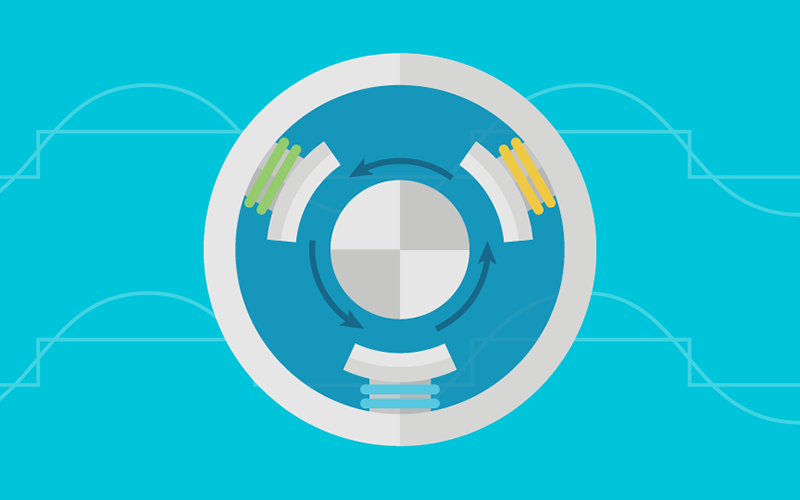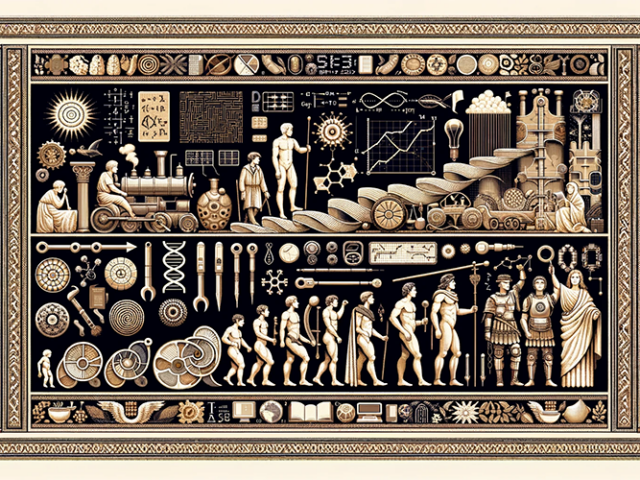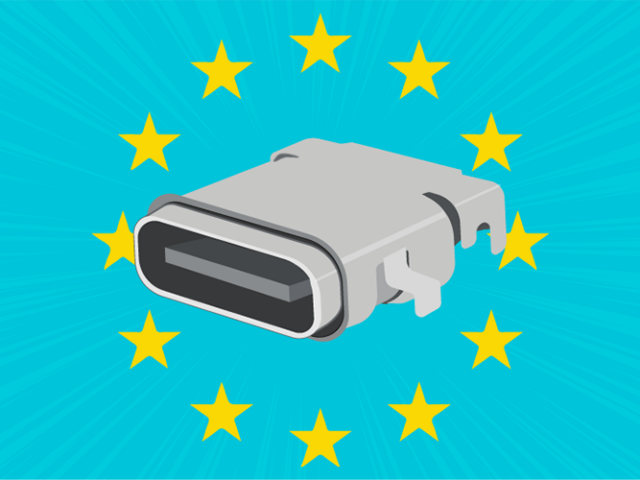BLDC motors have gained popularity in various applications like robotics, electric vehicles, and drones due to their high efficiency.
However, optimal motor performance depends on selecting the correct commutation technique.
Commutation refers to changing the current’s direction in the motor windings, generating torque and rotational motion. While motor design basics still apply, external control circuitry has introduced additional design considerations, such as obtaining feedback for motor commutation.
The CUI Insights blog post, “What is the Most Effective Way to Commutate a BLDC Motor?” goes in-depth on BLDC motor commutation basics. The article explores various position feedback options like Hall effect sensors, incremental encoders, and commutation encoders. It also outlines how capacitive commutation encoders can provide the best of both worlds for BLDC motor commutation.
As an engineer, understanding these considerations can improve your motor’s performance and efficiency in your specific application.




